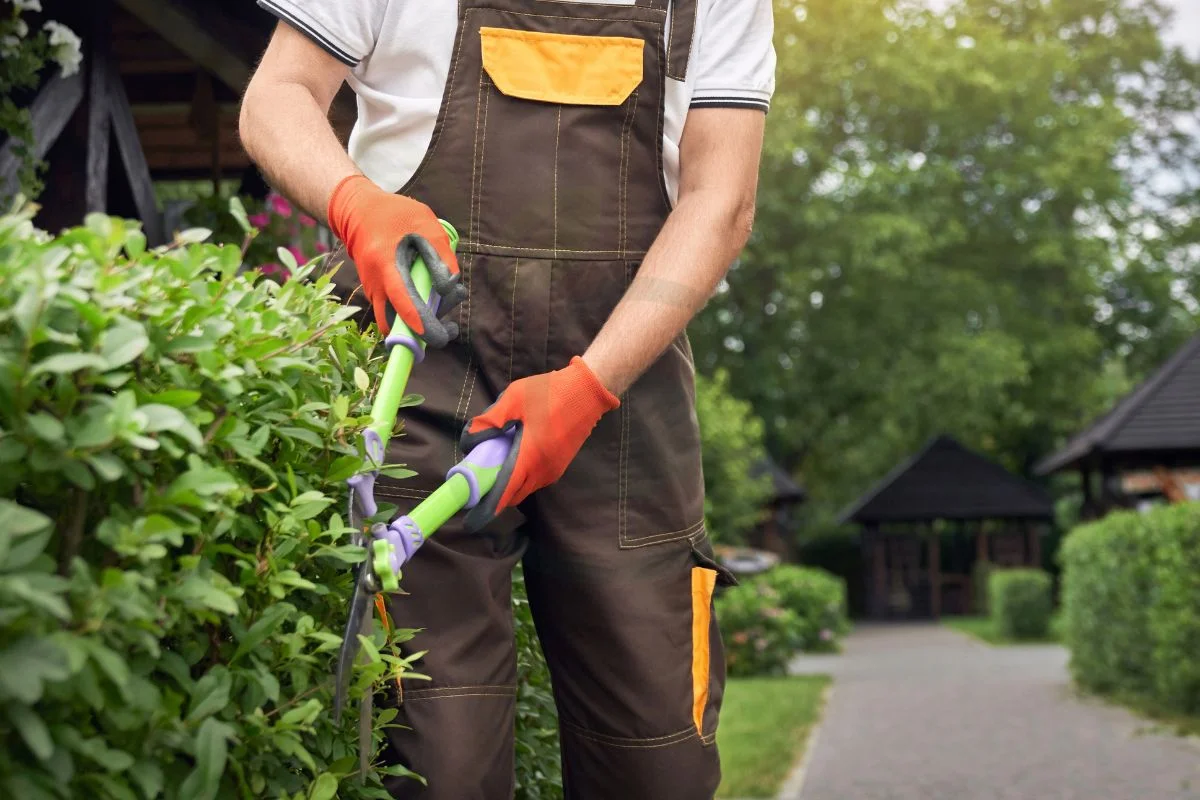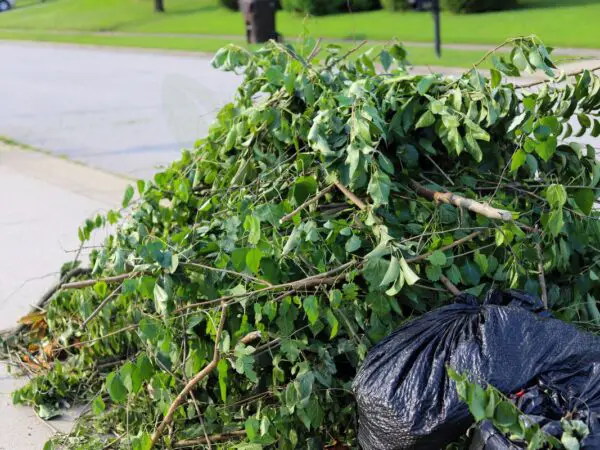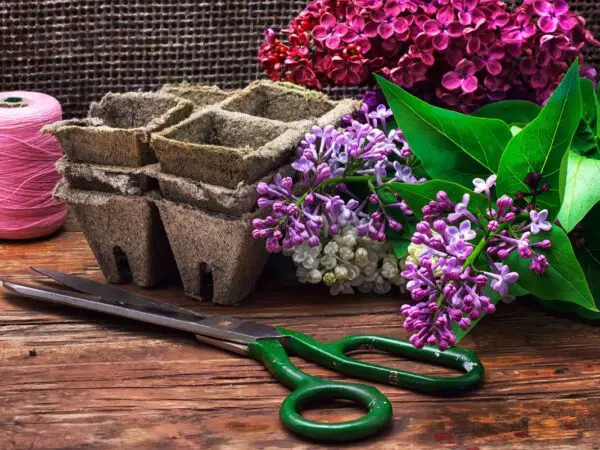Did you know that over 70% of homeowners struggle with overgrown lilac bushes in their yards? If you find yourself facing this common gardening dilemma, fret not! Taming those unruly lilacs is simpler than you think.
Are you ready to transform your overgrown lilacs and rhododendrons into stunning garden features that will make your neighbors green with envy? In this post, we'll walk you through expert tips and tricks for pruning, shaping, and rejuvenating your overgrown lilac bushes and rhododendrons. Get ready to revitalize your outdoor space and enjoy the beauty of well-maintained lilacs all season long.
Key Takeaways
- Understand the growth patterns of lilac bushes to effectively manage their size and shape.
- Patience is key when pruning lilacs; avoid over-pruning shoots to allow for healthy growth, blooming, and cut flowers.
- Before pruning, ensure you have the proper tools and knowledge to execute the process correctly.
- Follow a step-by-step pruning guide to maintain the health and appearance of your lilac bushes.
- Regularly manage the growth of lilac bushes through selective pruning and shaping techniques.
- Cut and restore the health and appearance of overgrown lilac bushes with expert rejuvenation advice.
Understanding Lilacs
Growth Patterns
Lilac bushes typically exhibit upright growth patterns, with branches extending from the main stem. Over time, if not cut and pruned regularly, lilacs can become overgrown and develop a leggy appearance. This occurs when the lower portions of the bush are left bare, while foliage concentrates towards the top.
Seasonal Care
For overgrown lilac bushes, seasonal care including cutting is crucial to ensure their health and vitality. In spring, focus on pruning dead wood, shaping the bush, and cutting. During summer, provide adequate watering to support blooming. In fall, prepare the bush for winter by mulching around the base for insulation.
Common Challenges
Dealing with overgrown lilac bushes presents several challenges. One common issue is uneven growth patterns, where some branches may overshadow others. Another challenge is blooming interruptions, caused by overgrowth hindering proper flower development. To address these challenges, regular pruning and shaping are essential.
Importance of Patience
Pruning Timeline
Pruning lilac bushes requires a strategic time commitment. Begin by pruning immediately after flowering to avoid disrupting the next season's blooms. Delayed pruning can result in reduced flowering the following year. Understand that timing is crucial to maintain the health and appearance of your lilac bushes.
- Pros: Optimal timing ensures healthy growth and abundant blooms.
- Cons: Improper timing can lead to stunted growth and diminished flowering.
Rejuvenation Process
Rejuvenating overgrown lilac bushes involves a systematic approach. Start by removing one-third of the oldest stems each year, focusing on thick branches first. This gradual process allows the shrub to recover slowly without shock, promoting new growth and vibrant blooms. Remember, patience is key when rejuvenating your lilac bushes.
- Begin by identifying the oldest and thickest stems for removal.
- Trim these stems back to ground level, ensuring a clean cut.
- Repeat this process annually until all overgrown branches are pruned.
- Monitor the shrub's progress each season to assess new growth and blooming patterns.
Preparing for Pruning
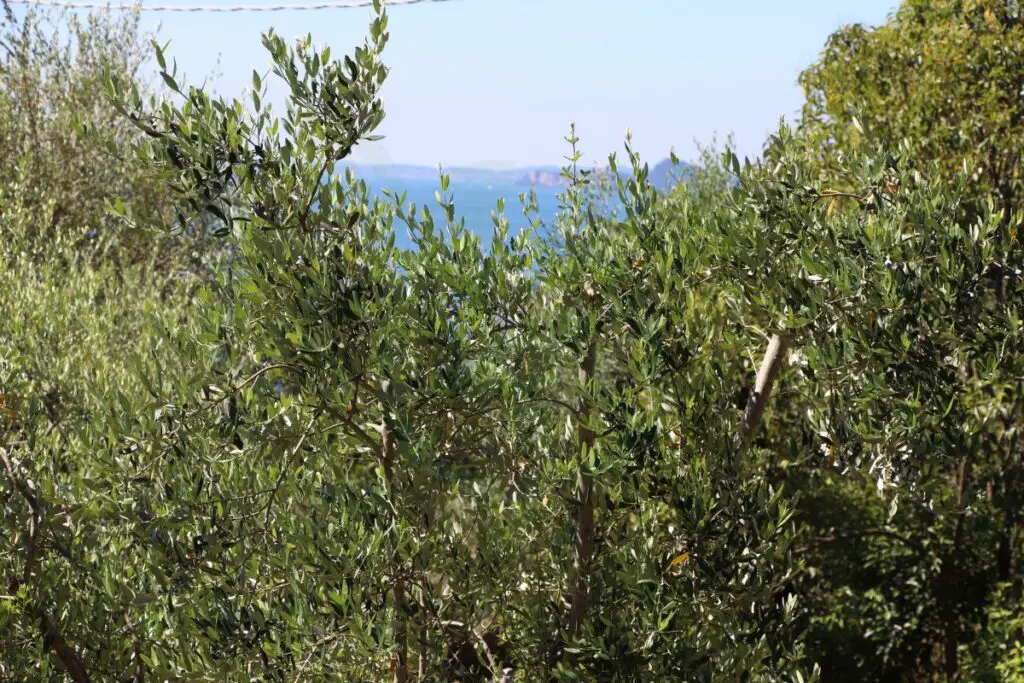
Tools Needed
To prune overgrown lilac bushes effectively, you must have the right equipment. Gather pruning shears and loppers for this rejuvenation process. These tools are essential for cutting through thick branches and stems.
Make sure you have the necessary pruners to trim the shrubs properly. Having sharp tools is crucial for achieving clean cuts, promoting healthy growth. With the right equipment, you can tackle the task of shaping your overgrown lilac bushes efficiently.
Safety Measures
When pruning overgrown lilac bushes, safety should be your top priority. Follow guidelines to prevent injuries during this process. Wear protective gear like gloves and goggles to shield yourself from potential harm while working on your bushes.
Prioritizing safety ensures a smooth pruning experience without any accidents. By taking precautions and using the right protective equipment, you can enjoy the process of caring for your garden safely. Remember, safety first when it comes to maintaining your outdoor space.
Step-by-Step Pruning Guide
Assessing the Bush
Assess the overgrown lilac bush by examining its overall appearance and health status. Look for thick, tangled branches that may hinder sunlight penetration. Check for sparse foliage, which indicates the need for rejuvenation pruning. Evaluate the presence of dead or diseased branches that must be removed to promote growth.
Cutting Techniques
Master the art of cutting when dealing with overgrown lilac bushes. Begin by using sharp, clean pruning shears to make precise cuts. Employ a technique called thinning cuts, removing branches at their point of origin to open up the bush's center. Utilize heading cuts to trim back long branches, stimulating new growth from dormant buds.
Disposal of Debris
Explore various methods for disposing of debris post-pruning. Consider creating a compost pile with the pruned branches to recycle nutrients back into the soil. Alternatively, use a garden waste bin or arrange for a green waste collection service to ensure proper disposal. Remember that maintaining a tidy garden is essential for overall plant health.
Managing Growth
Regular Maintenance
Establish a routine for regular maintenance of lilac bushes to prevent overgrowth. Trim back any new growth that may be encroaching on surrounding plants or structures. This helps maintain the overall health and appearance of the shrub.
Implement practices that promote healthy growth and blooming, such as proper watering and fertilizing. These actions encourage the lilac bushes to thrive and produce vibrant flowers. Remember, a well-maintained plant is less likely to experience issues with overgrowth.
Schedule periodic checks to maintain the desired shape and size of the shrub. By keeping an eye on the growth patterns, you can intervene early if there are signs of excessive spreading. Regular maintenance not only controls overgrowth but also enhances the aesthetic appeal of your garden.

Controlling Spread
Learn strategies for controlling the spread of overgrown lilac bushes to prevent them from dominating your garden. Prune back any branches that are extending too far or crossing over each other. This helps create a more open and balanced look.
Prevent overcrowding by implementing proper spacing techniques when planting new lilac bushes. Adequate spacing allows each plant to receive sufficient sunlight and nutrients for healthy growth. It also reduces the chances of overcrowding and competition for resources.
Manage the growth direction of lilac bushes to maintain a well-balanced appearance in your garden landscape. Encourage upward growth by removing any downward-facing branches or stems. This simple practice helps create a visually pleasing arrangement of lilac bushes in your outdoor space.
Restoring Health and Appearance
Fertilization Tips
To promote growth in overgrown lilac bushes, apply a balanced fertilizer during the early spring months. Provide nutrients such as nitrogen, phosphorus, and potassium for healthy development. Select a fertilizer with a higher middle number for optimal blooming.
- Use a balanced fertilizer in early spring.
- Nitrogen, phosphorus, and potassium are essential nutrients.
- Opt for a fertilizer with a higher middle number for blooming.
Understanding the watering needs of your lilac bushes is crucial to their well-being. Ensure that you water deeply, allowing the roots to absorb moisture effectively. During hot seasons, increase watering frequency to prevent wilting.
Watering Practices
For overgrown lilac bushes, implement proper watering practices by ensuring deep watering sessions. Adjust your watering schedule based on the season to meet the plant's requirements effectively. Consistent moisture levels are key to preventing wilting and encouraging vibrant blooms.
- Deep watering ensures effective root absorption.
- Adjust watering frequency based on seasonal needs.
- Consistent moisture levels prevent wilting and promote blooming.
Ensuring Blooming Success
Sunlight Requirements
To maintain healthy overgrown lilac bushes, position them in an area with optimal sunlight. This ensures proper growth and development, impacting the blooming cycle positively. Understanding the importance of sunlight exposure is crucial for the overall health of lilacs.
Assess the amount of sunlight your lilac bushes receive daily to ensure they meet their requirements. Proper positioning in a sunny spot aids in the growth of flower buds and enhances blooming. Insufficient sunlight can lead to stunted growth and fewer blooms.
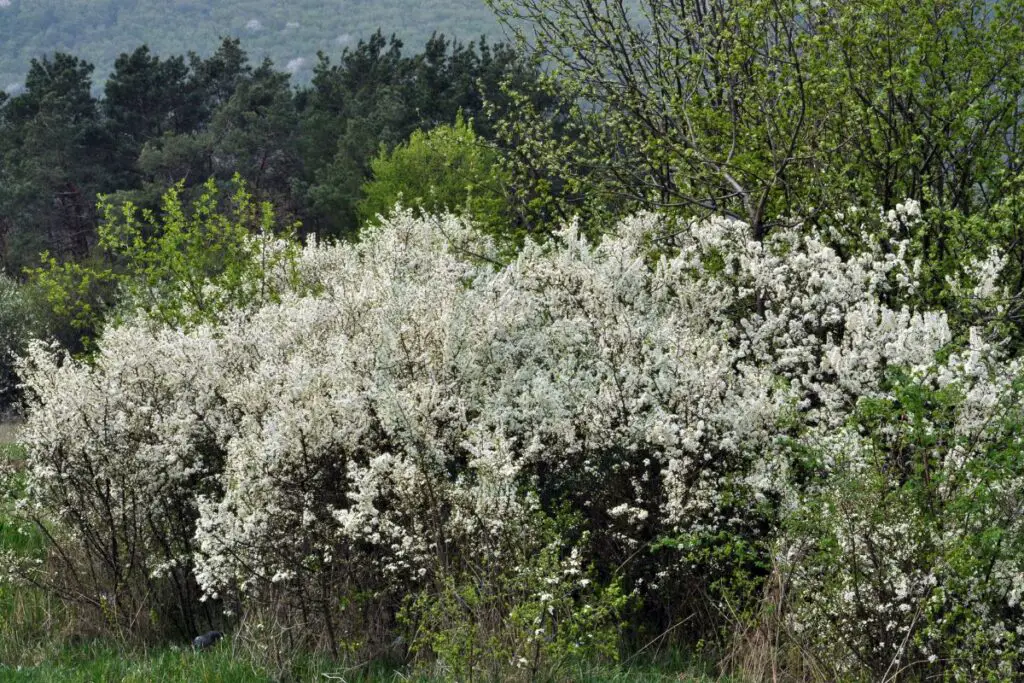
Soil Conditions
For overgrown lilac bushes, ensure the soil is both well-draining and nutrient-rich. This promotes healthy development and supports robust blooming cycles. Consider adding soil amendments to enhance soil quality for optimal growth.
Check the soil pH levels to guarantee they are suitable for lilacs' growth. Maintaining a balanced pH level helps in absorbing essential nutrients, aiding in the formation of beautiful flowers. Healthy soil conditions are vital for ensuring vibrant blooms year after year.
Expert Rejuvenation Advice
Timing Best Practices
Understanding the ideal time for rejuvenation pruning of overgrown lilac bushes is crucial for success. Consider seasonal factors such as the end of blooming to prune effectively.
Pruning in late winter or early spring before new growth emerges is generally recommended. This timing allows the plant to focus its energy on producing new blooms.
Handling Old Wood
When rejuvenating overgrown lilac bushes, removing old wood is essential to stimulate new growth and improve overall health.
Identify dead or diseased branches and remove them first to encourage fresh growth. Utilize sharp, clean tools to make precise cuts without causing unnecessary damage.
Advanced Care Tips
Pest Control
To protect overgrown lilac bushes from infestations, implement pest control measures promptly. Identify common pests like aphids and caterpillars that can harm lilacs. Take preventive actions such as pruning affected areas and using insecticidal soaps. Consider natural remedies like neem oil or chemical treatments for effective pest management. Regularly inspect the bushes for any signs of pest activity to address issues early.
Disease Prevention
Prevent diseases from affecting overgrown lilac bushes by taking proactive measures. Recognize common diseases such as powdery mildew and bacterial blight that can impact the health of lilacs. Implement disease prevention strategies like proper watering techniques and ensuring good air circulation around the shrub. Remove any infected plant debris promptly to prevent the spread of diseases. By maintaining a healthy environment, you can safeguard your lilac bushes from potential diseases.
Summary
After learning about lilacs, practicing patience, preparing for pruning, following the step-by-step guide, managing growth, restoring health, ensuring blooming success, and receiving expert advice, you are now equipped to care for your overgrown lilac bushes. By implementing the advanced care tips shared here, you can rejuvenate your plants and maintain their beauty for years to come. Remember that consistent attention and proper techniques will lead to vibrant blooms and healthy growth. Take action today to transform your overgrown lilac bushes into stunning garden features that will bring joy and color to your outdoor space.
Frequently Asked Questions
How do I know if my lilac bushes are overgrown?
If your lilac bushes have become too dense, blocking sunlight and airflow, or if they are growing out of their designated space, they may be considered overgrown. Signs include crowded branches and reduced flowering.
Can overgrown lilac bushes be pruned back?
Yes, overgrown lilac bushes can be pruned back to rejuvenate them. Proper pruning techniques can help manage the size and shape of the bushes while promoting healthier growth and blooming.
When is the best time to prune overgrown lilac bushes?
The ideal time to prune overgrown lilac bushes is right after they bloom in late spring or early summer. This timing allows for new growth to develop before winter sets in, ensuring a healthy regrowth cycle.
What tools do I need for pruning overgrown lilac bushes?
To prune overgrown lilac bushes effectively, you will need sharp bypass pruners for smaller branches, loppers for thicker branches, pruning saws for larger cuts, and protective gear such as gloves and safety glasses to ensure safe and efficient pruning.
How can I prevent my lilac bushes from becoming overgrown again?
Regular maintenance through annual pruning after flowering, proper spacing when planting new shrubs, adequate sunlight exposure, and proper soil nutrition can all help prevent lilac bushes from becoming overgrown in the future.
Image Source: Paid image from CANVA

